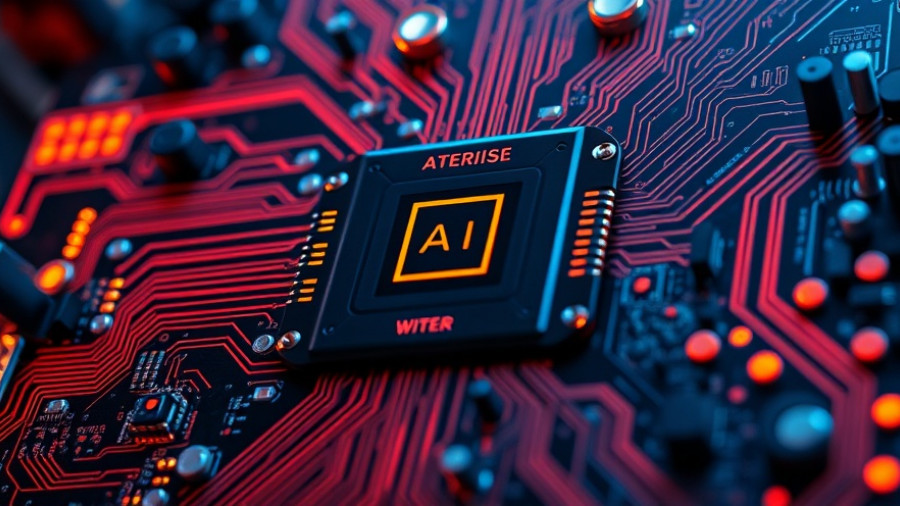
The Unseen Risks of AI in Today’s Digital Landscape
As businesses increasingly integrate artificial intelligence into their daily operations, they are also unwittingly expanding their vulnerabilities to cyberattacks. While about 80% of major enterprises have adopted AI technologies, a staggering 94% lack a proper security strategy to mitigate these risks. This gap presents not only a challenge but a unique opportunity for innovation within the cybersecurity sector.
In The AI Security Gap: Risks and Innovation at GITEX, the conversation focuses on emerging cybersecurity threats and opportunities, prompting us to examine deeper insights about AI's evolving role.
Understanding the New Cyber Threats: Prompt Injection
Jack Hidary, CEO of SandboxAQ, recently highlighted a new type of cyberattack known as prompt injection. This method leverages the increasingly popular large language models used for AI—wherein an attacker can introduce malicious code or inappropriate data via a simple input prompt. This is a stark contrast to older tactics like SQL injection, indicating that as technology evolves, so do the methodologies of cybercriminals. An example of such vulnerability occurred when Samsung engineers inadvertently revealed proprietary information using AI tools due to a lack of adequate security measures in their AI model usage.
Strategies for C-Suite Executives: Protecting AI Assets
For executives in the tech space, the current landscape necessitates swift and decisive action to secure AI implementations. Utilizing enterprise versions of AI models ensures that sensitive company data remains insulated. Additionally, companies like Bank of America have successfully adopted open-source models, allowing them to maintain control over data privacy while mitigating risks associated with external training datasets. However, only a mere 6% of large corporations report having a proactive security plan in place, exposing a significant area for improvement.
The Opportunities and Challenges in the Gulf Region
As the Gulf region invests billions into AI infrastructure, it also faces immense potential to transition from a consumer to a creator of cutting-edge quantum technology applications. This shift not only relates to energy management but also encompasses life sciences, with AI being harnessed to tackle pressing health challenges affecting millions.
The Talent Gap: A Growing Concern
Despite the influx of investment, a critical challenge persists: the shortage of talent equipped to merge AI with sectors like biotechnology and healthcare. Partnerships with global institutions might be what the Gulf needs to cultivate a workforce capable of driving these innovations, especially individuals who possess expertise in both AI and specialized fields such as medicine or biology.
Conclusion: Time for Action
The integration of AI into critical industries underscores a pressing need for enhanced security strategies and talent development. With the right approaches, the Gulf can position itself at the forefront of the next wave of technological advancement.



Write A Comment